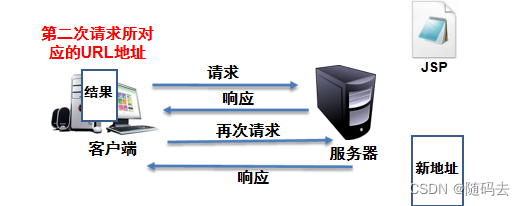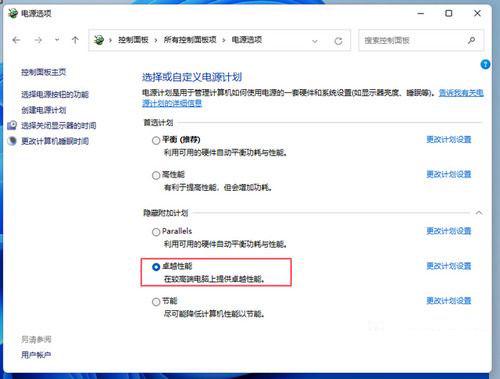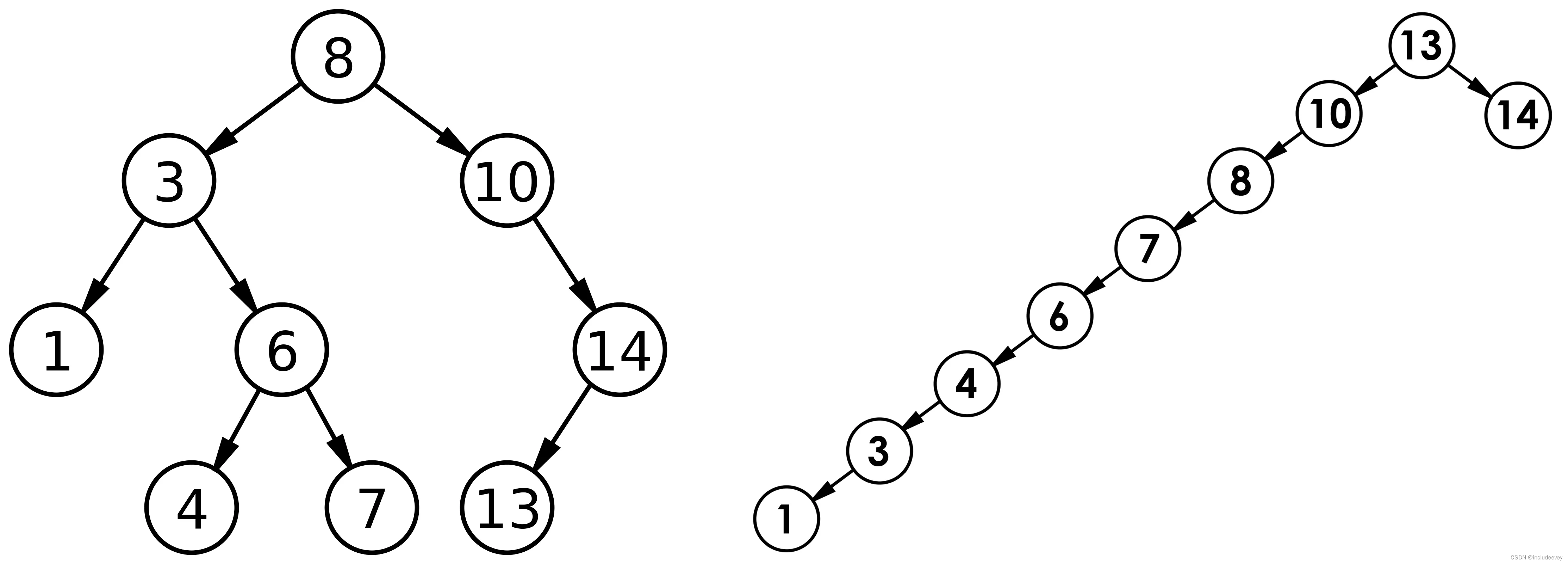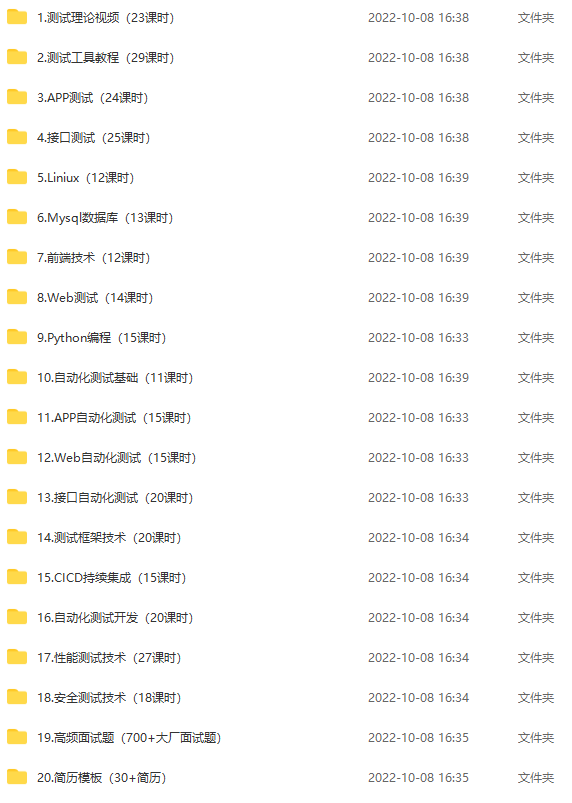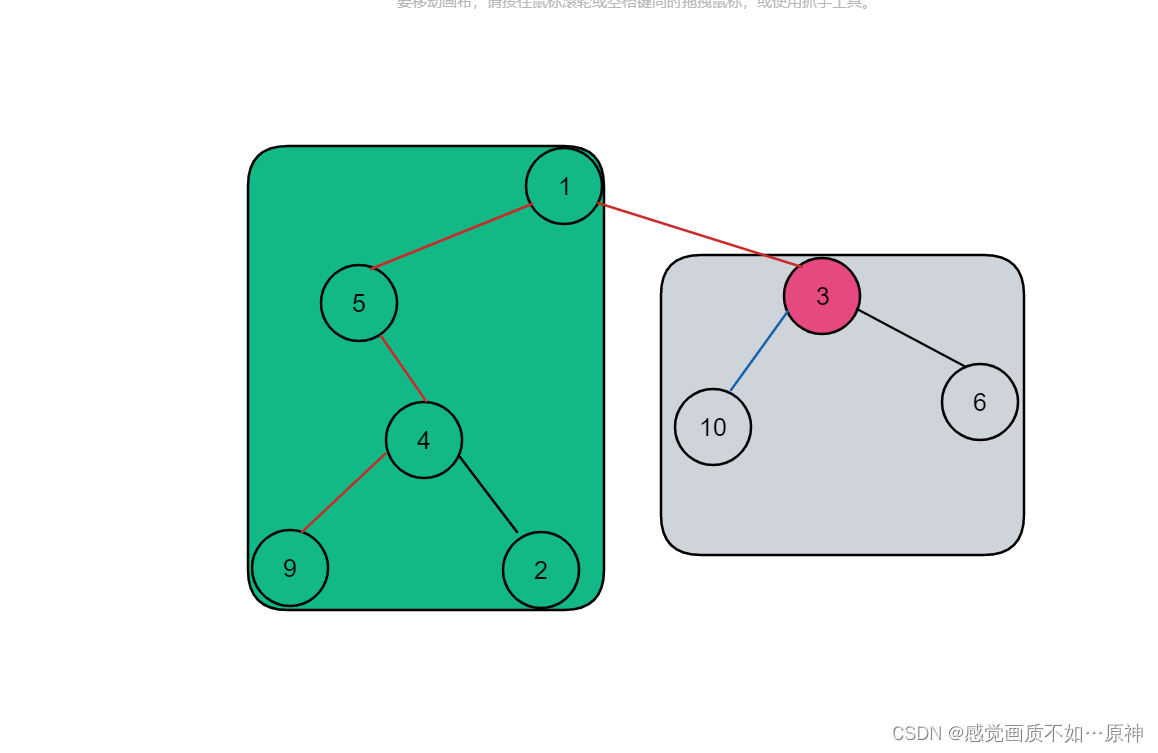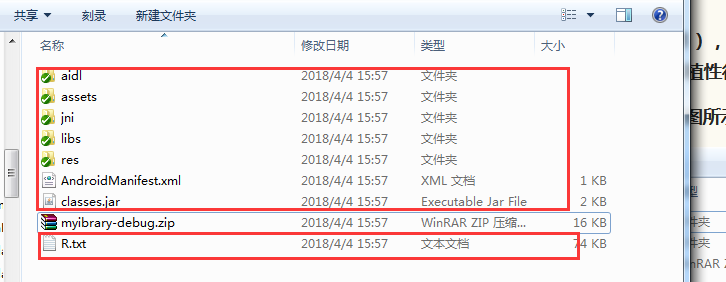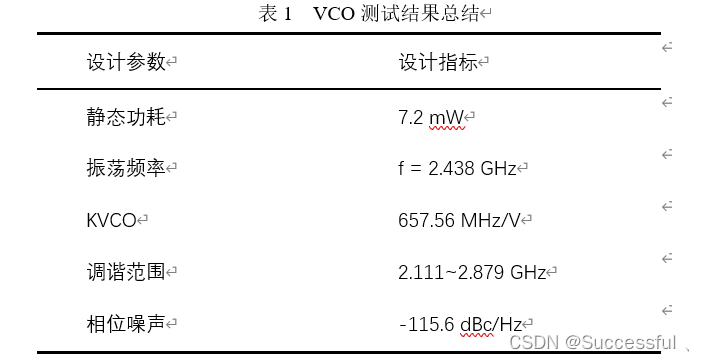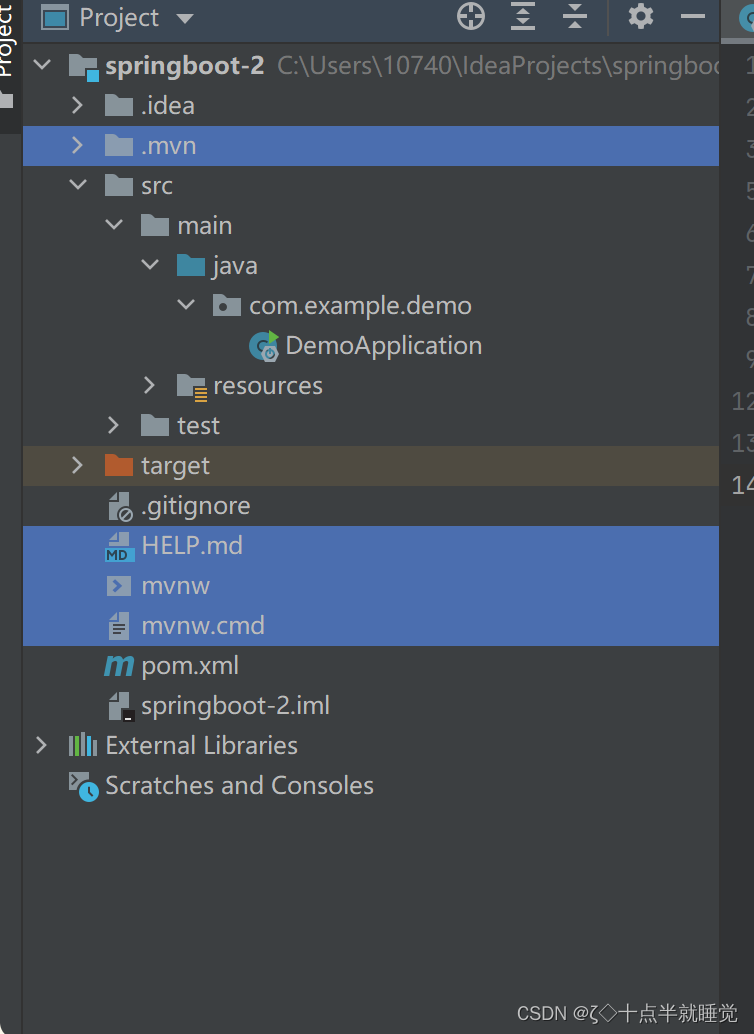一、概述
SnowFlake 算法:是 Twitter 开源的分布式 id 生成算法。
核心思想:使用一个 64 bit 的 long 型的数字作为全局唯一 id。
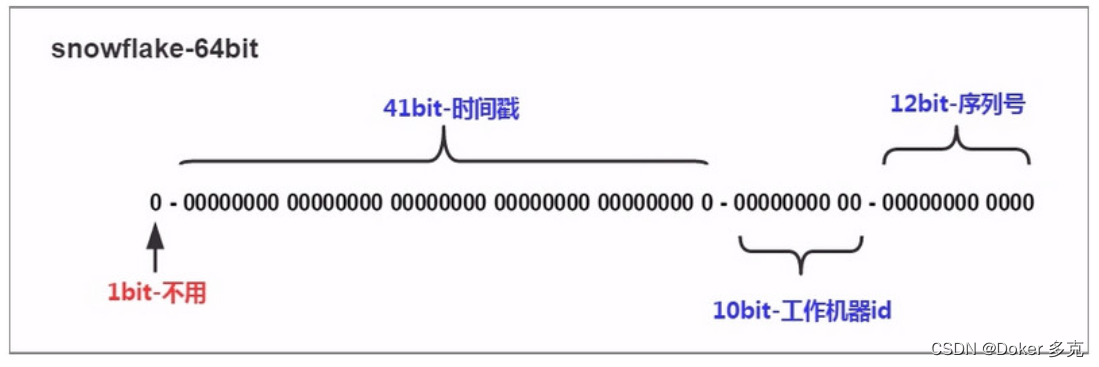
算法原理
最高位是符号位,始终为0,不可用。
41位的时间序列,精确到毫秒级,41位的长度可以使用69年。时间位还有一个很重要的作用是可以根据时间进行排序。
10位的机器标识,10位的长度最多支持部署1024个节点
12位的计数序列号,序列号即一系列的自增id,可以支持同一节点同一毫秒生成多个ID序号,12位的计数序列号支持每个节点每毫秒产生4096个ID序号
算法优缺点
优点
高并发分布式环境下生成不重复 id,每秒可生成百万个不重复 id。
基于时间戳,以及同一时间戳下序列号自增,基本保证 id 有序递增。
不依赖第三方库或者中间件。
算法简单,在内存中进行,效率高。
缺点
依赖服务器时间,服务器时钟回拨时可能会生成重复 id。算法中可通过记录最后一个生成 id 时的时间戳来解决,每次生成 id 之前比较当前服务器时钟是否被回拨,避免生成重复 id。
二、算法实现
<dependency>
<groupId>cn.hutool</groupId>
<artifactId>hutool-all</artifactId>
<version>5.8.11</version>
</dependency>public class IdWorker {
//下面两个每个5位,加起来就是10位的工作机器id
private long workerId; //工作id
private long datacenterId; //数据id
//12位的序列号
private long sequence;
public IdWorker(long workerId, long datacenterId, long sequence) {
// sanity check for workerId
if (workerId > maxWorkerId || workerId < 0) {
throw new IllegalArgumentException(String.format("worker Id can't be greater than %d or less than 0", maxWorkerId));
}
if (datacenterId > maxDatacenterId || datacenterId < 0) {
throw new IllegalArgumentException(String.format("datacenter Id can't be greater than %d or less than 0", maxDatacenterId));
}
System.out.printf("worker starting. timestamp left shift %d, datacenter id bits %d, worker id bits %d, sequence bits %d, workerid %d",
timestampLeftShift, datacenterIdBits, workerIdBits, sequenceBits, workerId);
this.workerId = workerId;
this.datacenterId = datacenterId;
this.sequence = sequence;
}
//初始时间戳
private long twepoch = 1288834974657L;
//长度为5位
private long workerIdBits = 5L;
private long datacenterIdBits = 5L;
//最大值
private long maxWorkerId = -1L ^ (-1L << workerIdBits);
private long maxDatacenterId = -1L ^ (-1L << datacenterIdBits);
//序列号id长度
private long sequenceBits = 12L;
//序列号最大值
private long sequenceMask = -1L ^ (-1L << sequenceBits);
//工作id需要左移的位数,12位
private long workerIdShift = sequenceBits;
//数据id需要左移位数 12+5=17位
private long datacenterIdShift = sequenceBits + workerIdBits;
//时间戳需要左移位数 12+5+5=22位
private long timestampLeftShift = sequenceBits + workerIdBits + datacenterIdBits;
//上次时间戳,初始值为负数
private long lastTimestamp = -1L;
public long getWorkerId() {
return workerId;
}
public long getDatacenterId() {
return datacenterId;
}
public long getTimestamp() {
return System.currentTimeMillis();
}
//下一个ID生成算法
public synchronized long nextId() {
long timestamp = timeGen();
//获取当前时间戳如果小于上次时间戳,则表示时间戳获取出现异常
if (timestamp < lastTimestamp) {
System.err.printf("clock is moving backwards. Rejecting requests until %d.", lastTimestamp);
throw new RuntimeException(String.format("Clock moved backwards. Refusing to generate id for %d milliseconds",
lastTimestamp - timestamp));
}
//获取当前时间戳如果等于上次时间戳(同一毫秒内),则在序列号加一;否则序列号赋值为0,从0开始。
if (lastTimestamp == timestamp) {
sequence = (sequence + 1) & sequenceMask;
if (sequence == 0) {
timestamp = tilNextMillis(lastTimestamp);
}
} else {
sequence = 0;
}
//将上次时间戳值刷新
lastTimestamp = timestamp;
/**
* 返回结果:
* (timestamp - twepoch) << timestampLeftShift) 表示将时间戳减去初始时间戳,再左移相应位数
* (datacenterId << datacenterIdShift) 表示将数据id左移相应位数
* (workerId << workerIdShift) 表示将工作id左移相应位数
* | 是按位或运算符,例如:x | y,只有当x,y都为0的时候结果才为0,其它情况结果都为1。
* 因为个部分只有相应位上的值有意义,其它位上都是0,所以将各部分的值进行 | 运算就能得到最终拼接好的id
*/
return ((timestamp - twepoch) << timestampLeftShift) |
(datacenterId << datacenterIdShift) |
(workerId << workerIdShift) |
sequence;
}
//获取时间戳,并与上次时间戳比较
private long tilNextMillis(long lastTimestamp) {
long timestamp = timeGen();
while (timestamp <= lastTimestamp) {
timestamp = timeGen();
}
return timestamp;
}
//获取系统时间戳
private long timeGen() {
return System.currentTimeMillis();
}
//---------------测试---------------
public static void main(String[] args) {
IdWorker worker = new IdWorker(1, 1, 1);
for (int i = 0; i < 30; i++) {
System.out.println(worker.nextId());
}
}
}解决时间回拨问题
原生的 Snowflake 算法是完全依赖于时间的,如果有时钟回拨的情况发生,会生成重复的 ID,市场上的解决方案也是不少。简单粗暴的办法有:
最简单的方案,就是关闭生成唯一 ID 机器的时间同步。
使用阿里云的的时间服务器进行同步,2017 年 1 月 1 日的闰秒调整,阿里云服务器 NTP 系统 24 小时“消化”闰秒,完美解决了问题。
如果发现有时钟回拨,时间很短比如 5 毫秒,就等待,然后再生成。或者就直接报错,交给业务层去处理。也可以采用 SonyFlake 的方案,精确到 10 毫秒,以 10 毫秒为分配单元。
twitter的雪花算法:https://github.com/twitter-archive/snowflake
其它全局唯一的分布式ID的方式:如百度的uid-generator、美团的Leaf、滴滴的TinyId等


